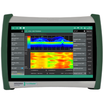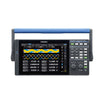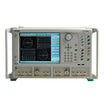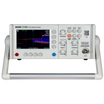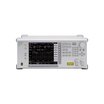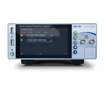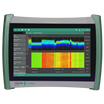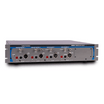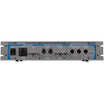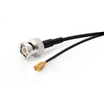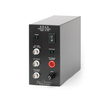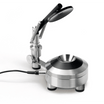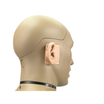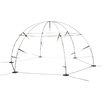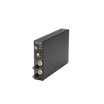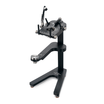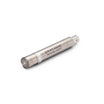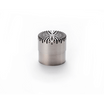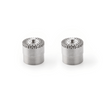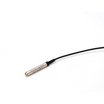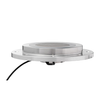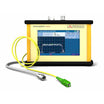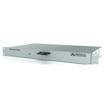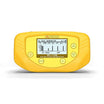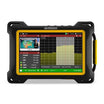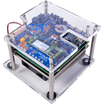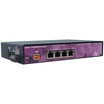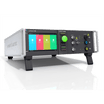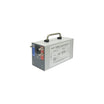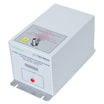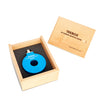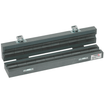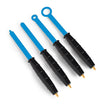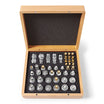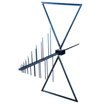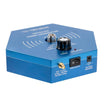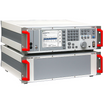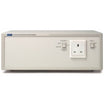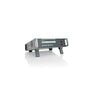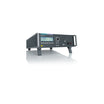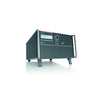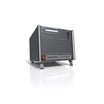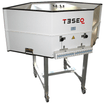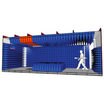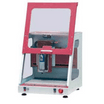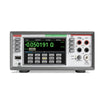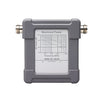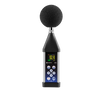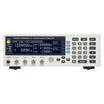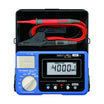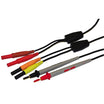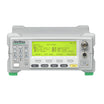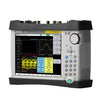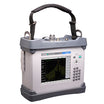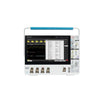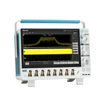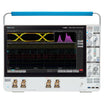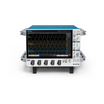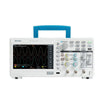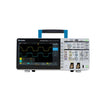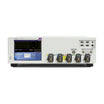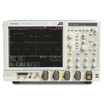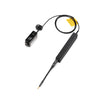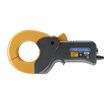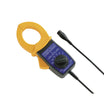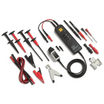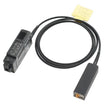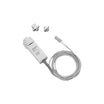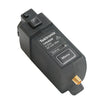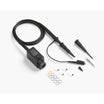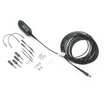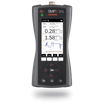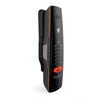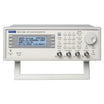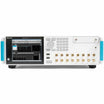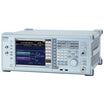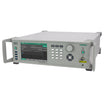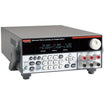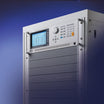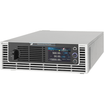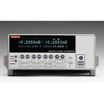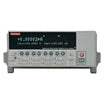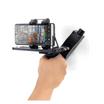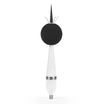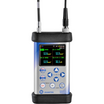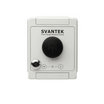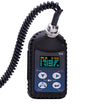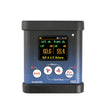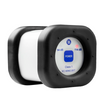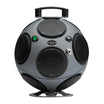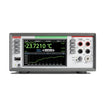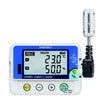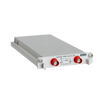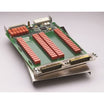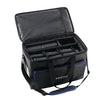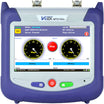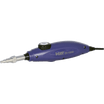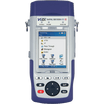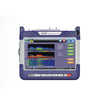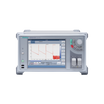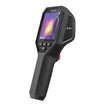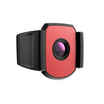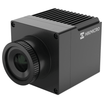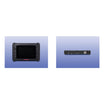TEDS Transducer – what it is and how it works
A TEDS transducer is a sensor equipped with built-in memory that stores essential identification and calibration data. TEDS stands for Transducer Electronic Data Sheet, and it allows for automatic sensor recognition, enabling the measurement system to instantly apply the correct settings upon connection. This feature is particularly valuable in professional acoustic and vibration measurements, where precision, reliability, and speed are crucial.
What is TEDS?
TEDS refers to a Transducer Electronic Data Sheet—a digital data record stored in a small, non-volatile EEPROM memory embedded within the sensor or its connector. It typically includes:
- Sensor type
- Serial number
- Model name
- Calibration data and sensitivity
- Manufacturer information
This information is automatically read by TEDS-compatible devices upon connection, eliminating the need for manual configuration and minimizing the risk of human error. Sensors with TEDS are often referred to as smart sensors.
TEDS was introduced by the IEEE as part of the IEEE 1451.4 standard, which defines the architecture and communication protocol for smart transducer interfaces. The standard ensures universal compatibility, meaning TEDS sensors can work with any compliant measurement instrument, regardless of the manufacturer.
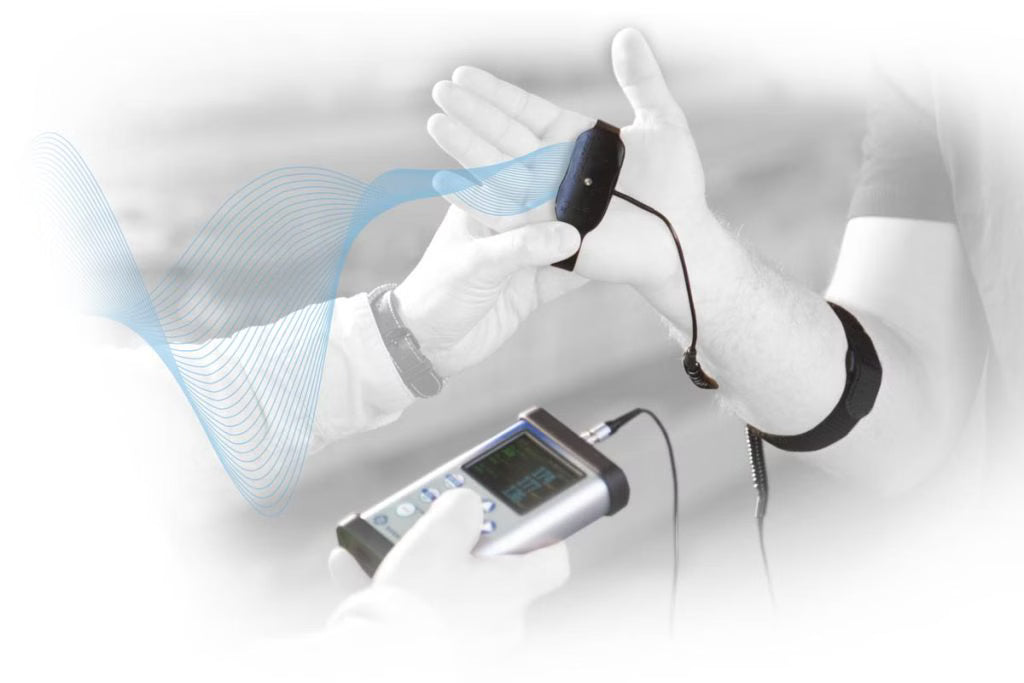
How does a TEDS sensor work?
TEDS sensors operate in a mixed-mode, meaning they support both analog and digital operation:
- In analog mode, the sensor works like a traditional transducer, outputting a standard analog signal.
- In digital mode, the device reads the calibration and identification data stored in the memory using a TEDS-compatible instrument.
The IEEE 1451.4 standard defines two implementation classes:
- TEDS Class 1 – both analog signal and digital data are transmitted via a single wire; switching between modes is achieved by applying negative bias.
- TEDS Class 2 – analog and digital signals are transmitted via separate lines, allowing simultaneous measurement and communication without switching modes.
SVANTEK transducers such as the SV 38V and SV 105DF implement TEDS Class 2, where signal lines are physically separated. This enables full access to TEDS data without interrupting ongoing measurements.
The SVANTEK SV 106D human vibration meter supports both Class 1 and Class 2, allowing compatibility with a broad range of sensors on the market.
Application of TEDS in Vibration Measurements
Vibration measurements—performed in accordance with ISO 2631 for whole-body exposure and ISO 5349 for hand-arm exposure—greatly benefit from the use of TEDS-equipped sensors. These smart transducers, featuring integrated memory, store key calibration parameters and allow for quick setup and error-free system integration.
Measurement instruments, such as dual triaxial human vibration meters (e.g., SVANTEK SV 106D), automatically detect the connected sensor and load the corresponding TEDS data. This significantly speeds up configuration, eliminates errors, and ensures a fully traceable measurement path.
In whole-body vibration monitoring, seat accelerometers with TEDS, such as the SV 38V, are placed on the seat base or backrest and record vibration in three axes over a wide frequency range.
In hand-arm vibration applications, accelerometers with contact force detection, such as the SV 105DF, help eliminate data from periods when there is no proper hand-to-tool contact, ensuring accurate readings.
In-situ calibration is supported by portable vibration calibrators, such as the SV 111, and dedicated adapters for verifying both vibration and contact force.
With TEDS technology, vibration measurement systems become more efficient, robust, and user-friendly, especially in environments where multiple sensors are used and setup speed is critical.
Benefits of TEDS Sensors
TEDS-equipped sensors offer numerous advantages:
- Automatic sensor identification
- No need to manually input sensitivity or model data
- Reduced risk of configuration errors
- Full calibration traceability in compliance with ISO 9001:2015 and QS 9000
- Time savings in multi-channel systems
- Cross-manufacturer compatibility via IEEE 1451.4
- Increased reliability in industrial and mobile environments
What is IEEE 1451.4?
IEEE 1451.4 is an international standard that defines:
- Sensor-to-instrument interface architecture
- TEDS data formats
- Dual-mode analog and digital operation
- Interface specifications for signal conditioners
The standard enables digital communication between the sensor and the instrument using the same connection used for analog signal transmission. This allows TEDS transducers to be recognized and used regardless of the manufacturer—as long as both the sensor and instrument adhere to the standard.
TEDS vs. Traditional Sensors
Traditional Sensor
TEDS Sensor
✔️
✔️
❌
✔️
❌
✔️
✔️
❌
❌
✔️
TEDS functionality adds intelligence to the sensor without compromising analog signal quality or increasing complexity.
Summary
TEDS sensors represent a major step toward automated measurement systems and digital calibration management. With EEPROM memory embedded directly in the sensor, full sensor identification is possible without user input, reducing error and ensuring compliance with quality systems.
Products like the SVANTEK SV 106D, which supports both TEDS Class 1 and Class 2, are compatible with a wide range of both analog and smart transducers. Combined with sensors such as the SV 105DF and SV 38V, they deliver fast, verifiable, and standards-compliant vibration measurements—both in the field and in laboratory environments.
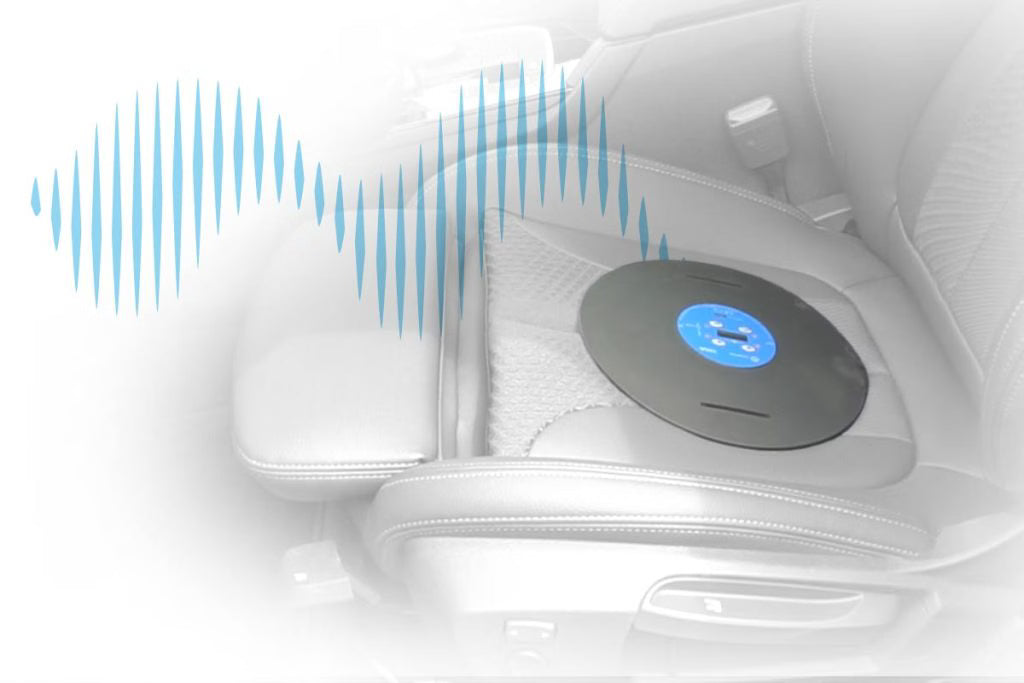
Key Takeaways
- TEDS stands for Transducer Electronic Data Sheet—a built-in EEPROM memory that stores sensor identification and calibration data, such as sensitivity, serial number, type, and manufacturer.
- TEDS enables automatic sensor detection by compatible instruments, eliminating manual setup and reducing the risk of errors.
- TEDS sensors operate in mixed-mode, allowing analog signal output and digital memory access.
- The IEEE 1451.4 standard defines two TEDS configurations: Class 1 (shared analog/digital line) and Class 2 (separate lines).
- SVANTEK products such as the SV 38V and SV 105DF implement Class 2, allowing concurrent measurement and data access.
- TEDS improves quality compliance with ISO 9001:2015 and QS 9000 by automating sensor setup and enabling traceable calibration.
- TEDS is used in whole-body and hand-arm vibration monitoring (per ISO 2631 and ISO 5349), as well as in acoustic and environmental testing.
- Full IEEE 1451.4 template compliance should be confirmed by the manufacturer in certification-sensitive applications.

